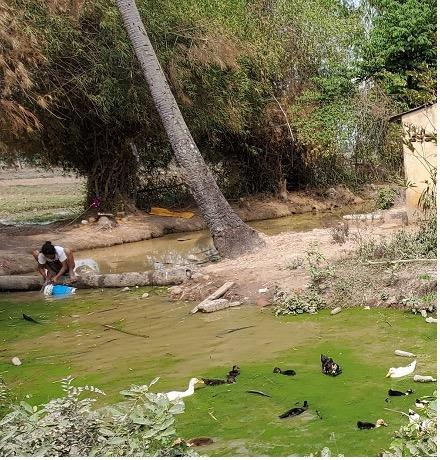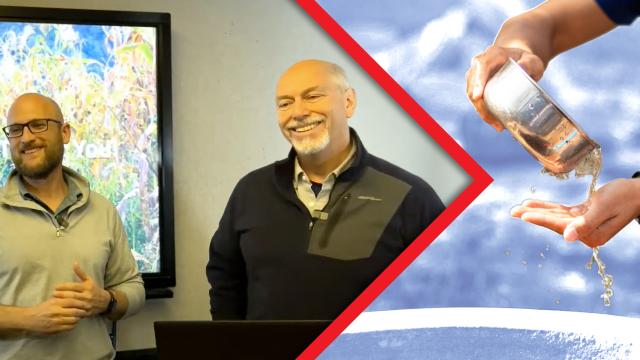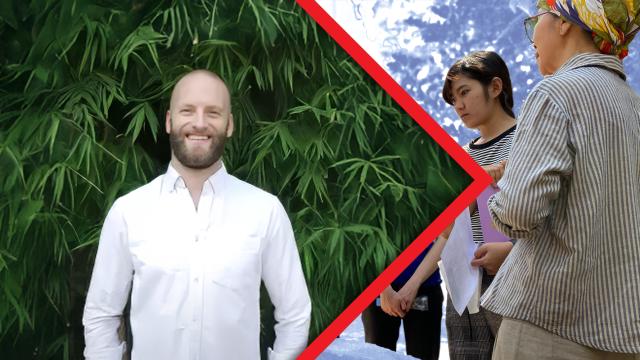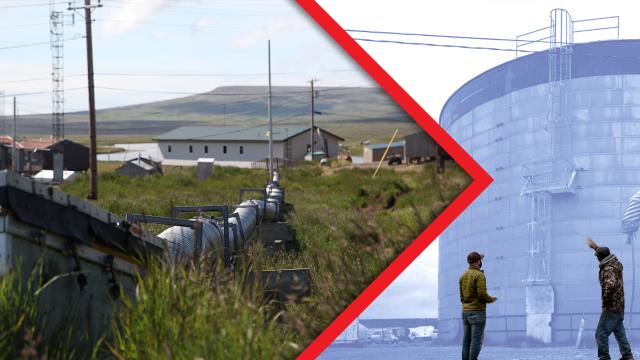The application of behavior change theories.
Inside EMI
—
May
Restoration in WASH
- Inadequate WASH is still a pressing issue in many parts of the Global south.
- From WHO: 1.4 million deaths could have been prevented with safe WASH in 2019, 74 million DALYs could have been prevented with safe WASH in 2019.
- The opportunity: to partner with God’s work by heading partnerships that empower communities/ministries with sustainable WASH programming
Image

WASH Theory of Change
- A Theory of Change is a detailed explanation of how desired change is expected to happen in a particular context. Within the sector of WASH, what do we usually mean? What are we changing? Our goal in WASH is not just about changing their environments. Ultimately, it’s changing health behaviors.
- We need to support communities in increasing access to WASH, but we also need to help them develop new behaviors. Decades of WASH programing data has shown that infrastructure by itself does not mean sustainability. The key is in the behavior of science.
- What’s the main risk of this? Many, but one of the big ones is that without sustained usage, one will NOT see health change. Therefore, if infrastructure is given but community WASH behavior does not develop, health change will not be seen which runs the risk of reinforcing the idea that WASH is an inconvenience, not a necessity.
Science of Behavior
- Behavior is comprised of two main components. It starts with intentional actions that we need to learn. Overtime, as those actions are repeated in a stable context with sufficient rewards, they become habits. This happens all the time, think about learning how to brush teeth as a child. There was a time where we all had to learn how to brush and put conscious thought into action every time. Habitual routine is automatic.
- Habits use a different part of the brain. It’s in the brain for efficiency, it’s fast, requires less “programming” power
- In the long term, in a stable environment, Habit dictates behavior, not intent.
- What happens if we design a program to change behavioral intent but neglect the aspect of habits? Relapse and negative reinforcement
- What does this tell us? That a comprehensive plan for changing behavior will start with an understanding of what informs a community’s Goal System, as well as understanding what context cues inform their habit systems. If we successfully design such a program, we will bring a higher probability that communities will sustain WASH usage in the longterm.
Behavior Change Theory
- Behavior Change Theories are from psychology and propose what factors drive intentions and what context cues drive habits
- The goal: To apply these theories to promote behavior change in communities
- Aim to analyze and form inferences on community behavior based on internal and external factors
- Aim to answer questions such as:
- What motivates behavior?
- How do we start to understand context cues?
- Design solutions to promote behavior change
RANAS Theory of Change www.ranas.ch
- RANAS model stands for the 6 behavioral factors that they propose define behavioral outcomes in WASH.
- Risk – A person’s understanding and awareness of the health risk
- Attitude – Positive or negative stance towards a behavior
- Norm – The perceived social pressure towards a behavior
- Ability – Confidence in ability to practice behavior
- Self-regulation – Ability and their attempts to plan and self-monitor behavior, along with manage conflicting goals and bad habit cues.
- 3 Behavioral Outcomes:
- Intention – People willingness to perform this behavior
- Use – People are actively practicing this behavior
- Habit – People are practicing these behaviors long enough and in a stable context such that it becomes habit
- 3 Contextual factors:
- Social – culture and social relations, laws and policies, economic conditions, and information environment
- Physical – Natural and built environment
- Personal – age, sex, education, mental/physical health of the individual
Application
- By having a theory of what drives behavior, we can guide our research + design in communities with a better framing
- With RANAS, we can follow their proposed theory of change process: RANAS Approach – RANAS which highlights in depth how behavior change theory is used to craft surveys, and design behavior change strategies.
The EMI Fund
The EMI Fund supports all that we do at EMI. With a strong foundation, we can keep designing a world of hope.
EMI Tech is looking for contributors – write to editor@emiworld.org with your topic and article outline.




